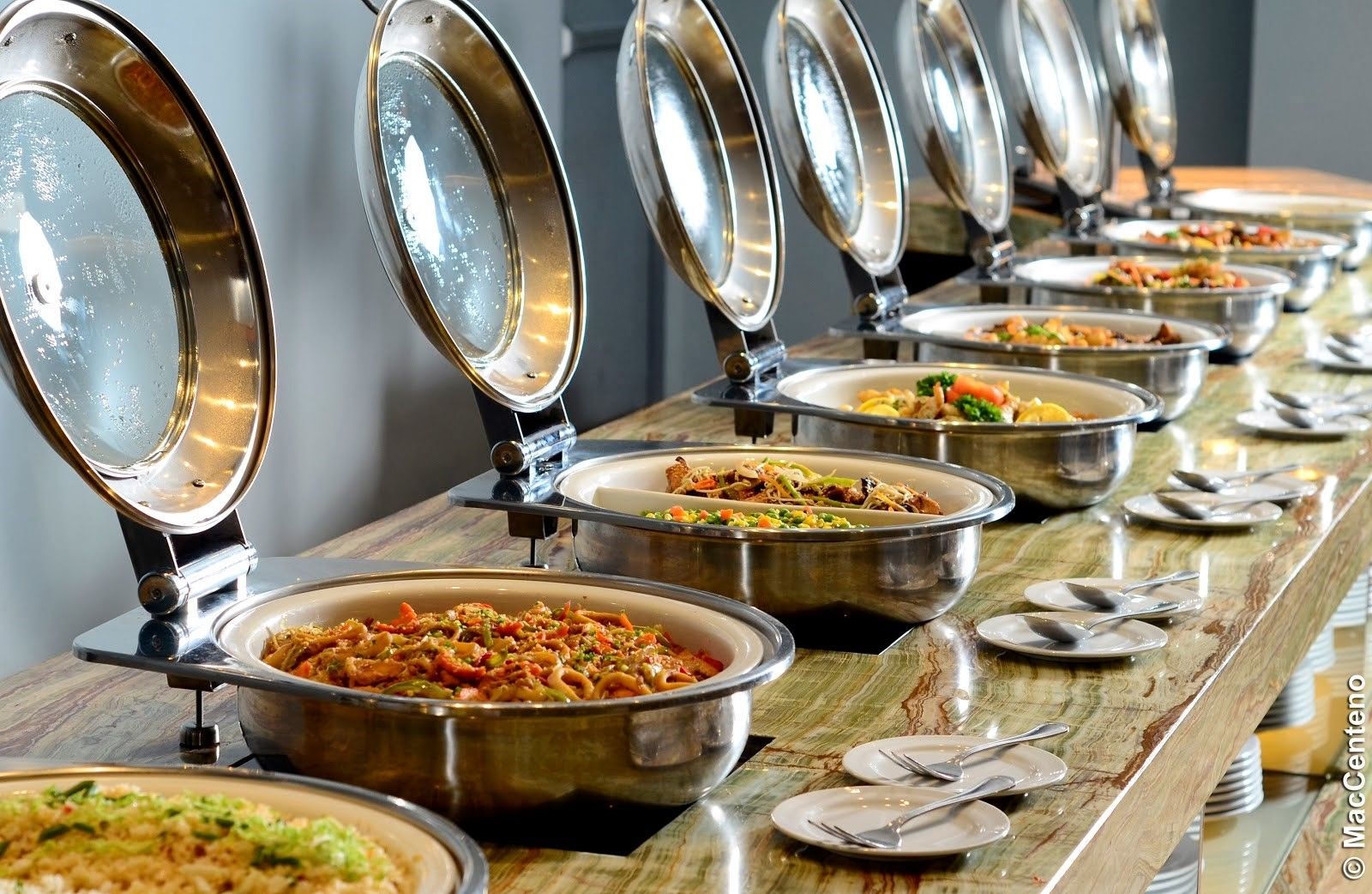Timber Floors – Choosing the Best Wood Flooring for Your New or Renovated Home
Timber Floors – Choosing the Best Wood Flooring for Your New or Renovated Home
 The character of a floor can shape the overall personality of an entire house, which creates a lot of pressure to choose your timber well! While this guide can’t make your decision for you, it will introduce you to some of the factors you will need to consider when shopping for timber flooring.
The character of a floor can shape the overall personality of an entire house, which creates a lot of pressure to choose your timber well! While this guide can’t make your decision for you, it will introduce you to some of the factors you will need to consider when shopping for timber flooring.
Choosing the Right Timber Colour
A tree’s age can have a huge impact on the colour. With most species, younger timber tends to be both lighter and less dense. For example, sapwood – the newly-grown outer wood of a tree – is so much brighter in colour than the deeper, harder heartwood that you would be forgiven for assuming it came from a different tree entirely!
That said, expect some variation. Even within a single species (even a single tree) the colour can vary significantly. Take this into consideration; the product you ultimately receive may be slightly different to the colour seen in a showroom, brochure or website gallery.
Treatment
It helps to know your local rules and regulations regarding hardwood treatment. (Here in Australia, for example, several states require all spotted gum to be preservative treated.
While treatment is an important process – protecting the wood from termites and long-term deterioration – it can subtly change a wood’s tone. In sapwood, for instance, this treatment can bring a grey or brown tinge you may not have originally planned for.
Species
A floor doesn’t need to be mistreated to wear down; even the most casual footstep will scratch the floor coating with outside particles. By thinking ahead and choosing a suitably resistant floor timber, you could save yourself a huge amount of time, effort and money on future sanding and refinishing.
As a general rule: the harder the tree, the harder that species’ resistance to abrasion, indentation and damage. In other words, a harder timber will protect itself that little bit more, with greater resistance to everyday wear and casual scratching, i.e. the movement of feet and furniture.
Softer timbers, on the other hand, are far more likely to indent under those conditions. (This rule does, however, vary from species to species, so be sure to do your research first.)
Contrary to popular belief, floor finishing will not significantly improve a timber floor’s hardness. It will, however, provide a strong layer of protection against superficial scratches. Once again, consider the aesthetic consequences of finishing and refinishing over the years. Will it look glossy? Matte? And will this fit in to the overall look you were planning?
By taking these variables into consideration, you can plan ahead, ask more informed questions, and ultimately make a better purchasing decision. Good luck!



